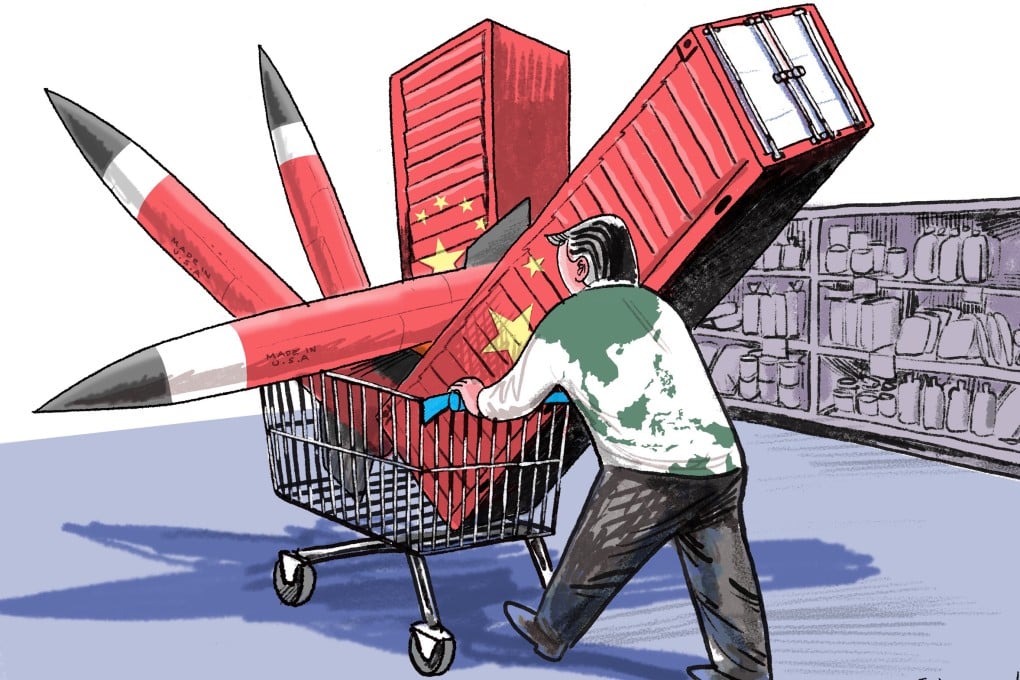Advertisement
Opinion | US security or Chinese trade? East Asian countries want both
- Asian countries are committing to stronger economic ties with Beijing even as they back American efforts to counter China’s regional dominance
- These contradictory moves reflect the dual-track nature of US-China rivalry, with each track offering different benefits to regional players
Reading Time:4 minutes
Why you can trust SCMP
3

As US-China rivalry intensifies, the responses of some Asian states can seem somewhat contradictory. Take the Philippines: on one hand, Manila and Beijing recently downplayed their differences in the disputed South China Sea, while attaching great importance to economic partnerships under the Belt and Road Initiative. Both sides also agreed to resume discussions on oil and gas development.
Advertisement
Yet, just a month later, Manila approved US access to four new military bases in the Southeast Asian state, paving the way for Washington to boost its military presence in the region. Many view the move as part of efforts to counter China’s increasing assertiveness in the South China Sea.
How should we view actions by states that exhibit elements of deference and resistance to China almost simultaneously?
Such patterns of action are not new. Some analysts have attributed them to the dual track of competition between China and the US. On one track, the US appeals to the security imperatives of some countries. At the same time, China continues to play a vital role in these countries’ quest for prosperity.
We can further get a sense of the dual-track nature of the US-China rivalry by looking to East Asia, with states similarly navigating both tracks to maximise their interests.
Advertisement
Last May, a senior US State Department official attempted to play up America’s trilateral relationship with South Korea and Japan “in the face of regional threats”, emphasising that it is “critical for shared security”. High-level trilateral meetings were held regularly throughout 2022, notably on the sidelines of the Nato summit (June), UN General Assembly (September) and the East Asia Summit (November).

Advertisement
